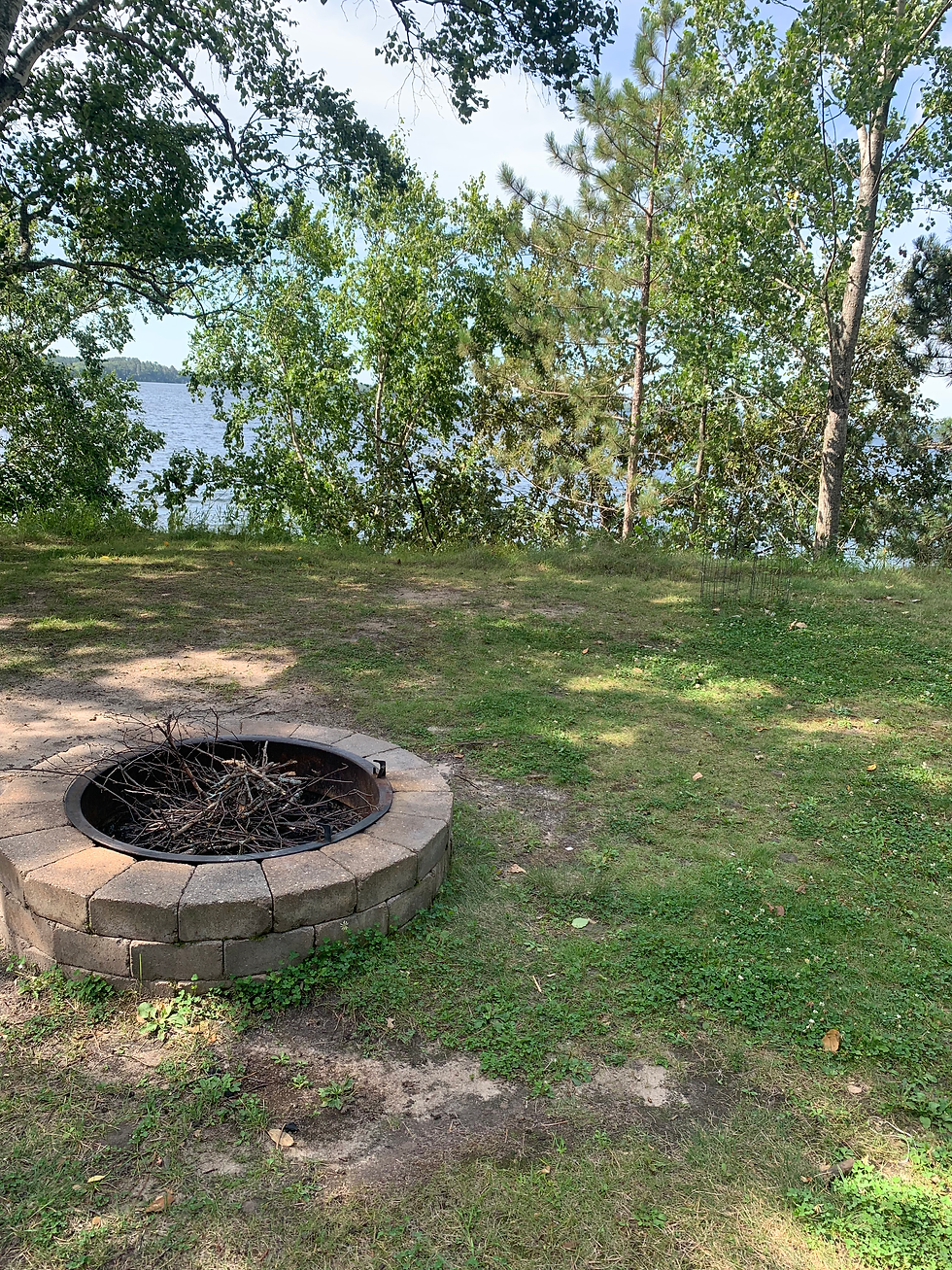Landscaping for Loons
- Jodi Eberhardt
- May 26, 2023
- 2 min read
By Jodi Eberhardt, Pine River Watershed Alliance
Last summer a neighbor asked me why they can’t get loons to nest on the platform they put out year after year. The answer is that loon territory is already very well defined on Lake Ossawinnamakee. There are nesting sites on either side of this property and a new loon family would be chased away.
We can’t all put out a loon nest, but we can all help the loons. It’s not just nesting territories that loons need — it’s clear water, places to fish, and places to hide the young from passing boat traffic.
A few years back, Bonnie Hiniker at Sunshine Gardens in Pine River shared a planting idea she’s been using on lakeshore properties. It’s called a “Wildlife Corner”. She creates a pretty planting of trees, flowers, and tall grasses along the shore and up property line. This little ecosystem is great for watching wildlife — and it’s good for the lake too.
So how is this landscaping for loons? These areas produce more fish and clean water. Trees and native plants attract birds and insects. The planting on the shoreline provides habitat for frogs to live and dragonflies to hatch. Because this area isn’t used for recreation, leaving native plants in the water provides spawning areas and habitat for fish. Critically, this corner absorbs stormwater which reduces sediment flowing into the lake — making the water clear. It also reduces fertilizer going into the lake, which results in lower algae and weed growth.
It’s even better if two neighbors go together and put wildlife corners on the same property line. Adjacent properties can create a larger area for wildlife. Wildlife corners can also be used as a privacy buffer along the shoreline.
Here’s a picture of the wildlife corner on our shoreline. It includes a place to watch wildlife and a mowed path to our dock.

If you think that sounds interesting, here’s how to create your own wildlife corner:
Stop mowing the corner area. Try out the size and location before planting. See what grows by itself.
Contact Bonnie at Sunshine gardens to recommend plants for your area and help plant them. Take photos to the nursery. Maybe you can simply add flowers and shrubs to what’s already growing.
Don’t want to take it on? Hire it out. Work with an area provider to just do the project for you. Contact Sheila Boldt at Pinehaven Shoreline Restoration. or Laura Mendoza at Great Roots Shoreline Restoration.
If you have a complicated site, you may wish to contact Crow Wing Soli and Water District for an assessment and to give you some ideas about stormwater management.
Give it a try. Our loons will thank you.



Comments